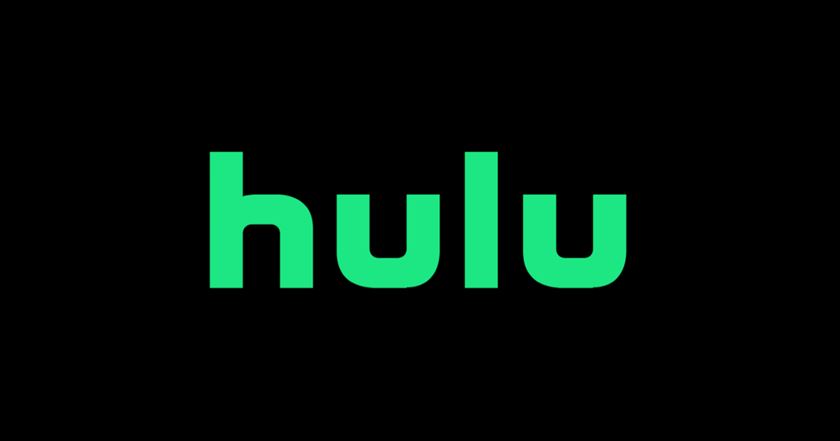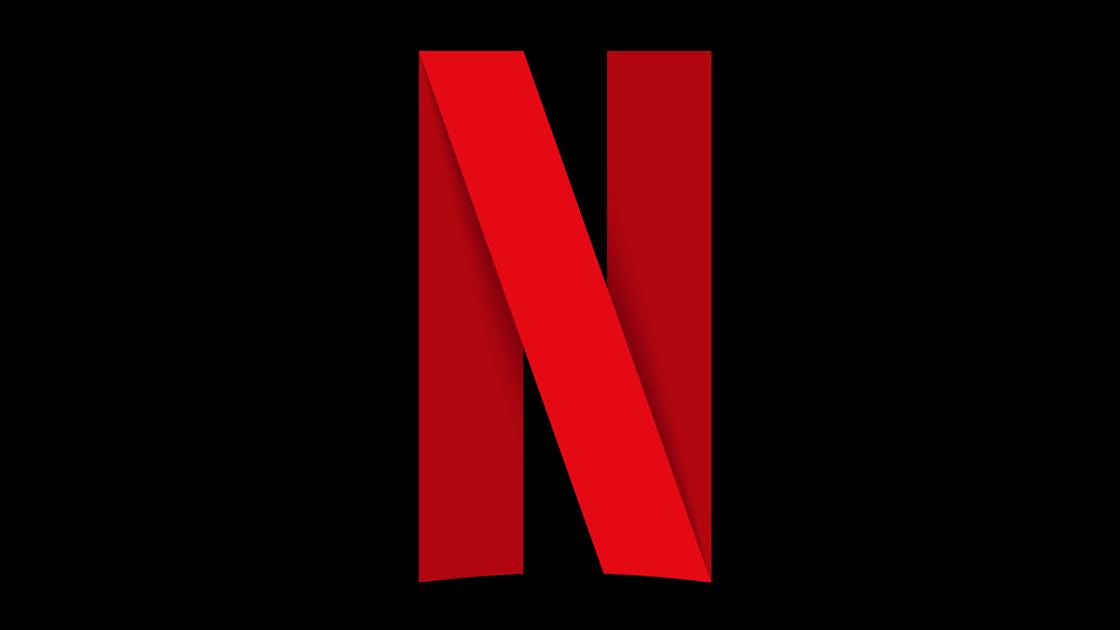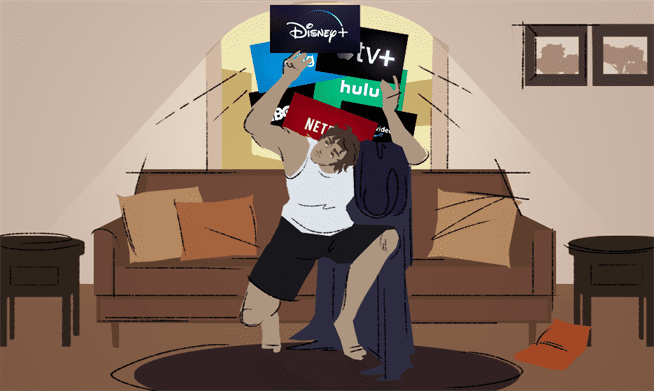The era of online streaming was meant to establish how people watch movies and television. With a new streaming service being introduced seemingly every six months, the efficiency promised by streaming companies must be called into question.
It seems not too long ago Netflix was the only big name streaming service, but the landscape of the market has significantly grown since Netflix’s rise.
After Netflix made its mark, it was soon joined by fellow streaming giants Hulu and Amazon Prime Video. For a while, it seemed those three were the only services worth noting. Everyone you asked had a Netflix account, Amazon users saw it practical to sign up for Amazon Prime Video and free Hulu was offered to college students through a partnership with Spotify as part of its student discount package.

Hulu has made a name for itself, offering free accounts to students with Spotify’s student discount.
Photo courtesy of Hulu
I, myself, have accounts with all three of those services. With all the original programming they offer and making family movie nights easier to have, signing up for them seemed like a no-brainer.
Within the past two years, however, the situation has gotten out of hand. Many companies have begun their own services to compete with the big-names of streaming services.
Media conglomerate Disney launched their highly anticipated Disney+ streaming service last November, bringing with it a wide range of content from Disney’s animated musicals to the box office successes of the Marvel Cinematic Universe.
Apple launched their own service the same month, Apple TV+. Now NBC has recently launched their streaming service called “Peacock,” and it seems like only a matter of time before we see advertisements for even more platforms.
It’s reasonable for major media companies and networks to hop on the streaming bandwagon and offer their own services. Why have a different company pay you for streaming rights when you can cut out the middleman and open your own platform?
Yet now even with the big-name competitors, there are random companies in the mix. I’ve been seeing ads for this new service called Quibi for the past few months, but I can confidently say I don’t know a single person who has subscribed to it.
Plus, the trailers for Quibi’s original content haven’t exactly been appealing. I saw a trailer for a show where actress/singer Anna Kendrick plays a character who befriends her boyfriend’s sex doll and it was then, that I confirmed what I already knew, I will not be signing up for Quibi.

One of Quibi’s various original programs is “Dummy,” a series starring Anna Kendrick.
Photo courtesy of Quibi
The streaming industry emphasizes cord-cutting as one of the selling points to get cable customers to switch over, a term meaning getting rid of your cable provider. The idea of decluttering one’s home was a convincing argument just a few years ago, but the amount of services that are out now is vast. My mind already feels cluttered having accounts with just three.
Streaming services also claim consumers can save more money by signing up with them instead of paying for cable every month. While this does make sense at first, most people will sign up for more than just one service. And with the number of new streaming companies increasing, the combined cost will add up.
The most popular streaming services available today include Netflix, Hulu, Amazon Prime, Disney+, Apple TV+, HBO Now, Peacock, and Sling TV. Even if someone were to pay for the cheapest package each of these services offer, the total monthly cost would come out to about $92.

Despite the recent overwhelming amount of competition, Netflix remains one of the biggest names in streaming.
Photo courtesy of Netflix
Of course, this can easily increase if someone were to subscribe to any of the other services available, or if someone were to upgrade to one of the ad-free packages some of these services also offer.
I know what you’re thinking: “If it’s such a big problem, just don’t subscribe to so many streaming services.” Normally, I’d agree with this simple solution if it wasn’t for the fact it’s becoming less and less possible.
As more networks and media companies launch their own services, different movies and shows will become more exclusive and available across less platforms. With content being divided in so many different ways, consumers will be left with no choice but to pay for as many outlets as they can.
As for myself, I’m planning on cancelling my Amazon Prime subscription before it renews in early August. This is partly due to my dislike of Jeff Bezos, but mostly because I’m a broke college student who is trying to save money in any little way he can.
Despite my impending Amazon cancellation, it’s only a matter of time before I register for an account with a new service. It will probably be Disney+, as I still haven’t seen Hamilton yet.
The resistance is futile.



